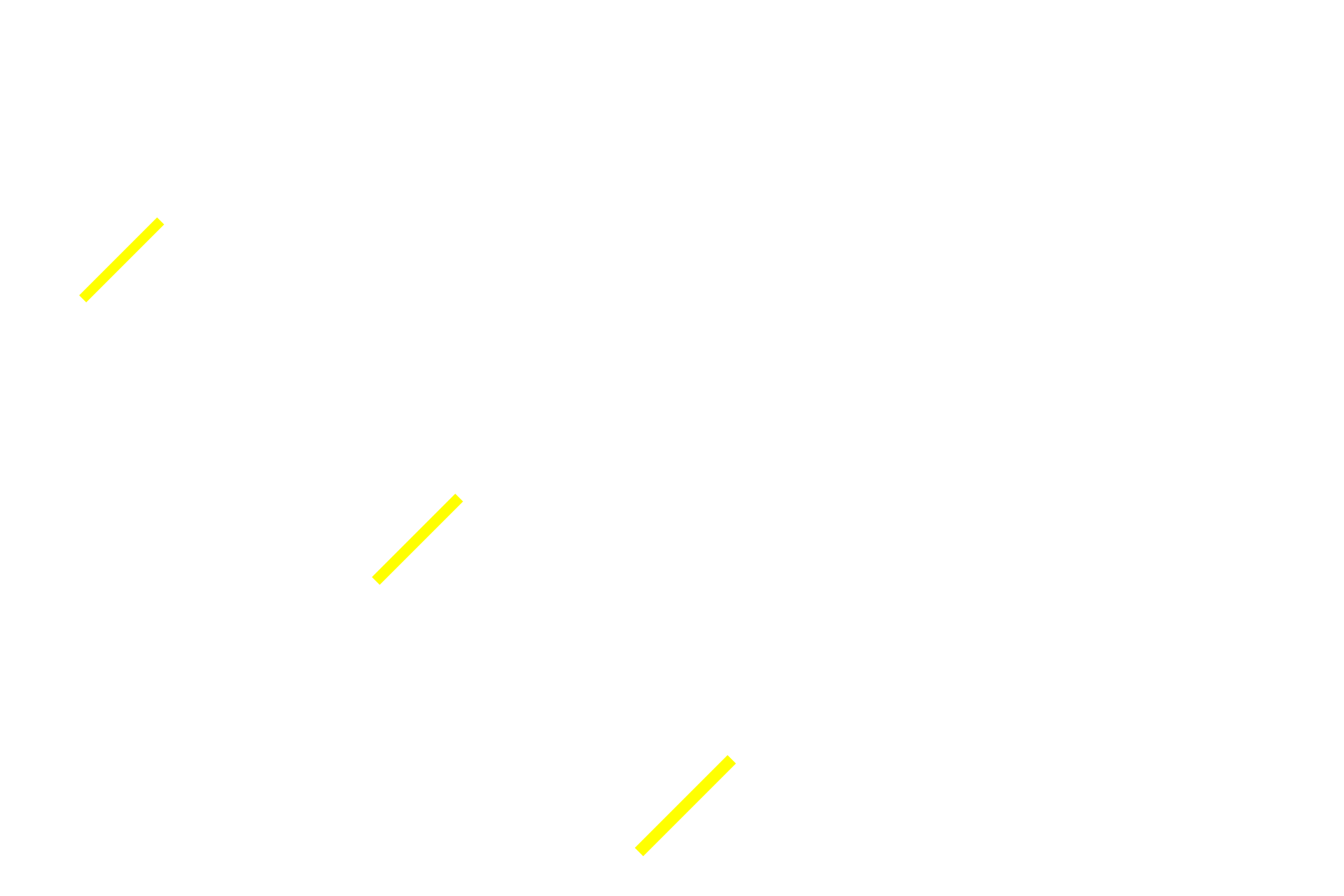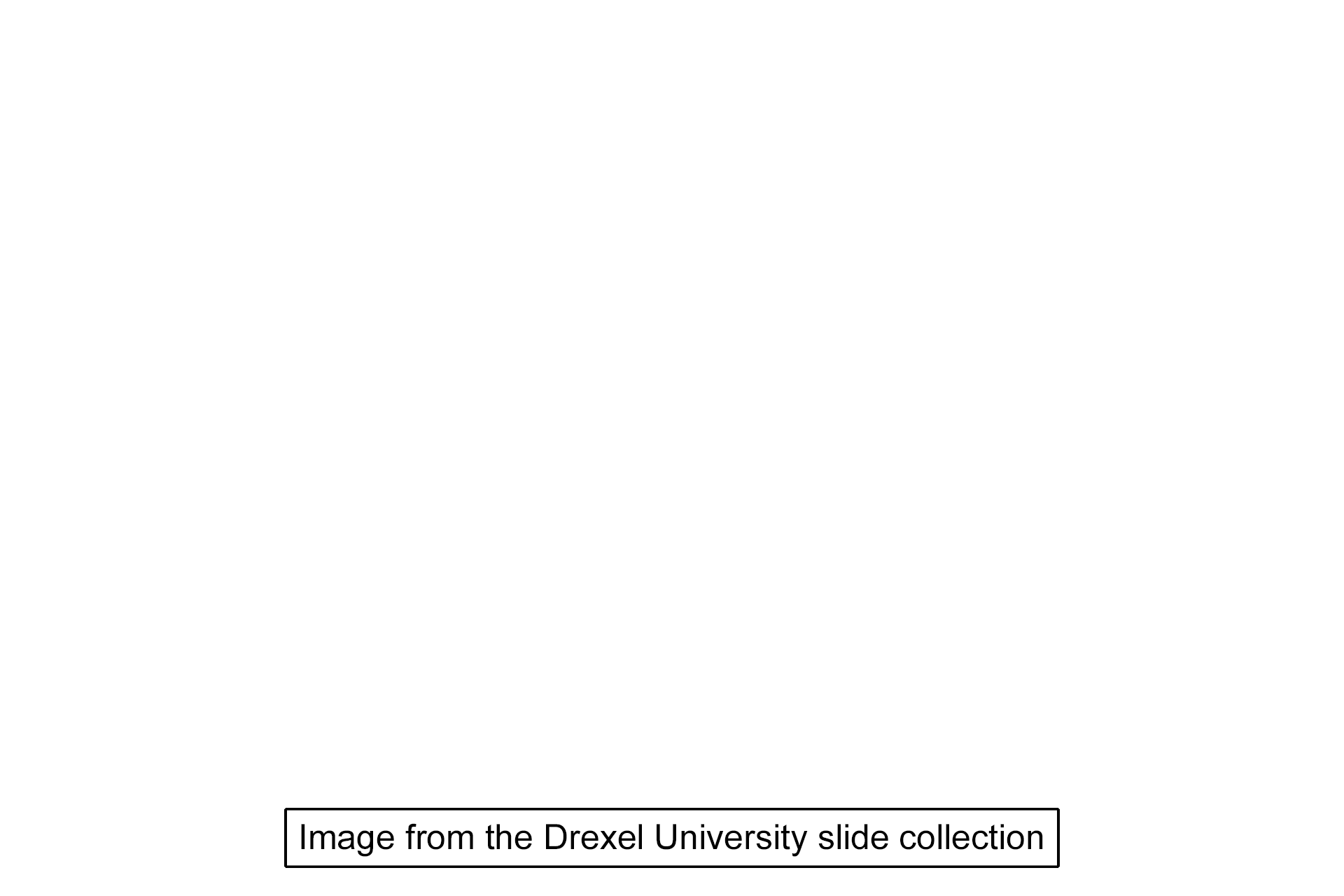
Globe: Sclera
This image of the globe shows a region of the sclera about midway between the limbus and the exit point of the optic nerve. The sclera forms the posterior portion of the outer tunic and is composed mostly of dense connective tissue. Most of the scleral thickness is comprised of the substantia propria or Tenon’s capsule. The sclera gives the eye its shape, protects the eye structurally, and serves as the attachment for extraocular muscles. 200x

Sclera
This image of the globe shows a region of the sclera about midway between the limbus and the exit point of the optic nerve. The sclera forms the posterior portion of the outer tunic and is composed mostly of dense connective tissue. Most of the scleral thickness is comprised of the substantia propria or Tenon’s capsule. The sclera gives the eye its shape, protects the eye structurally, and serves as the attachment for extraocular muscles. 200x

- Episclera >
The episcleral layer consists of loose connective tissue and lies adjacent to the periorbital fat (not present in this section).

- Substantia propria (Tenon’s capsule) >
The substantia propria forms the majority of the sclera, consisting of dense connective tissue. It is also called Tenon’s capsule.

- Subchoroid lamina (lamina fusca) >
The thin subchoroid lamina lies between the substania propria and the choroid. It consists of loose connective tissue as well as scattered melanocytes.

Choroid >
The choroid forms the majority of the vascular or middle tunic (uvea), covering the posterior portion of the eye. The choroid is composed of loose connective tissue, with an abundant vascular supply and pigmented cells. The choroid supplies nutrients to the deep layers of the retina; its pigmented cells serve to absorb reflected and stray light within the globe.

Retina >
The retina forms the multilayered inner tunic. Its posterior portion, seen here, is photosensitive. The retina lies adjacent to the vitreous chamber.

Vitreous chamber
The retina forms the multilayered inner tunic. Its posterior portion, seen here, is photosensitive. The retina lies adjacent to the vitreous chamber.

Image source >
Image taken of a slide from the Drexel University collection. Inset: Arizona Veterinary Diagnostic Laboratory